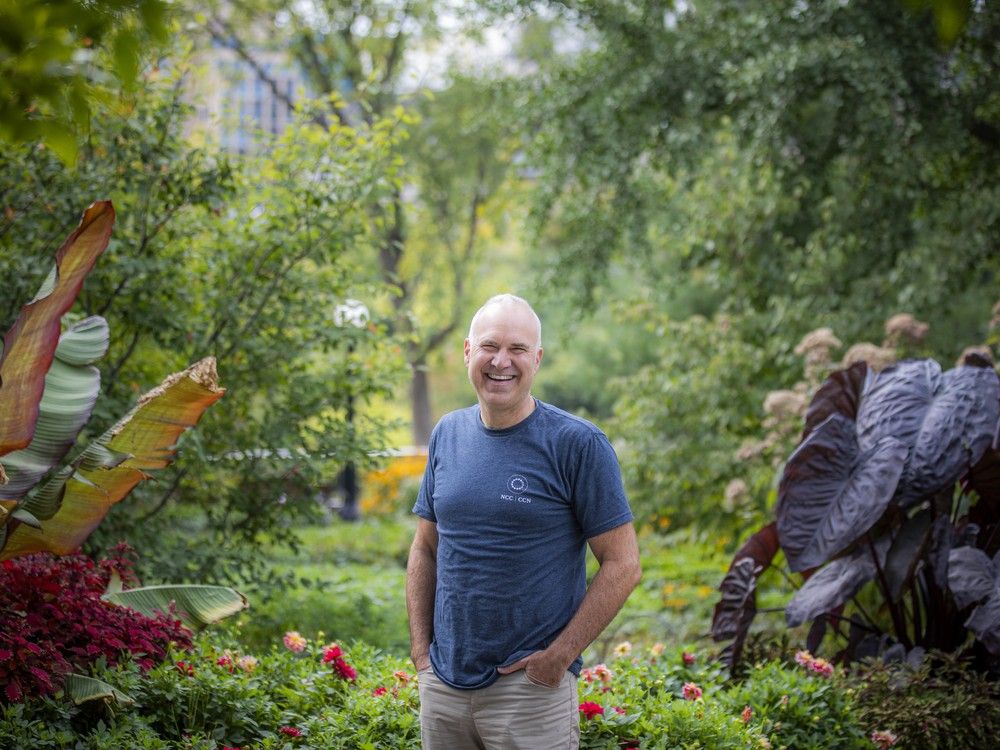Three months after National Capital Commission CEO Tobi Nussbaum and others
cannonballed into Dow’s Lake
to celebrate a new swimming spot, the ripples are still being felt.
The inauguration of the Dow’s Lake dock on a brisk June day was the NCC’s most audacious stop yet on its path to making Ottawa a swimming capital.
It has been building over a number of years, starting with the $20-million
restoration of River House,
which opened along Sussex Drive in 2023 and saw more than 36,000 swimmers visit in its first few months alone.
That enthusiasm for urban swimming has not waned. The River House continues to be highly popular, as does the newly
redeveloped Westboro Beach
, a $21-million project with costs shared between the NCC and the city.
But Dow’s Lake? Some watched the opening of the dock in disbelief.
It is on a waterway many viewed as unsafe for swimming — wrongly, it turns out, its water tests are among the cleanest in the city. It is also unsupervised by design, a leap of faith in a city that loves its rules. Oh, and there is a beer garden nearby.
In some ways, the dock represents a direct challenge to beliefs that have long been doctrinaire in the National Capital Region. Not only that a dip in Dow’s Lake could land you in the hospital, but also that the National Capital Commission is so mired in bureaucracy and caution that it is inevitably a place where good ideas go to die.
The NCC has been challenging that narrative — one urban swimming dock, one waterside bistro, one strategically placed red chair with a view, one breathtaking lookout, at a time.
People throughout the capital region and further afield are starting to notice.
“The idea that we could create a floating dock (on Dow’s Lake) that people could go swimming from puts us on the same scale as what Paris has done with the Seine, what other cities have done with open water,” says architect Toon Dreessen, president of Architects DCA in Ottawa.
The expanding access to the city’s water and shorelines, he says, is helping to change the way residents think about the city.
Beyond swimming, Dreessen says he welcomes what appears to be a greater willingness on the part of the NCC to take risks — “to be a little bit bold, to do something not constrained by bureaucracy. There is a willingness to try things at the NCC that is really positive.”
That willingness to try new things, to do so quickly, and (relatively) cheaply represents a seismic shift for an institution long seen as secretive and sluggish. It hasn’t happened overnight, but swimming is a key vehicle for that transformation.
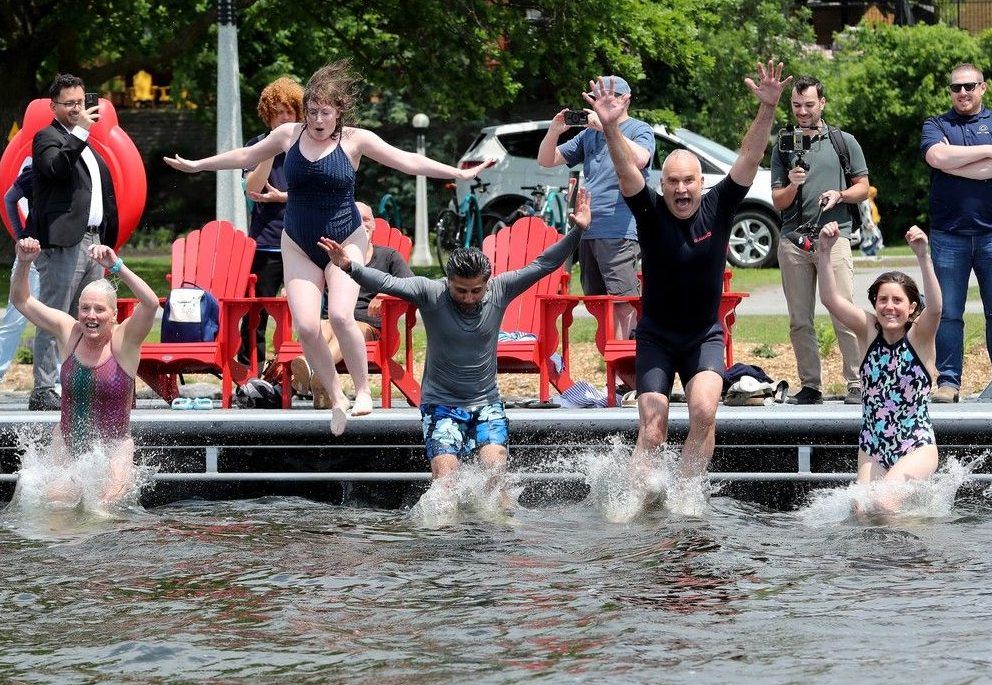
Beyond swimming, Dreessen says he welcomes what appears to be a greater willingness on the part of the NCC to take risks — “to be a little bit bold, to do something not constrained by bureaucracy. There is a willingness to try things at the NCC that is really positive.”
That willingness to try new things, to do so quickly, and (relatively) cheaply represents a seismic shift for an institution long seen as secretive and sluggish. It hasn’t happened overnight, but swimming is a key vehicle for that transformation.
The National Capital Commission has launched a number of large and costly projects in recent years, in addition to River House and Westboro Beach. Among them is the redesigned
Kiweki Point
, formerly known as Nepean Point. It is a flowing redesign of one of Ottawa’s best lookouts, rich in Indigenous and settler history. The point is now linked to Major’s Hill Park by an elevated walkway.
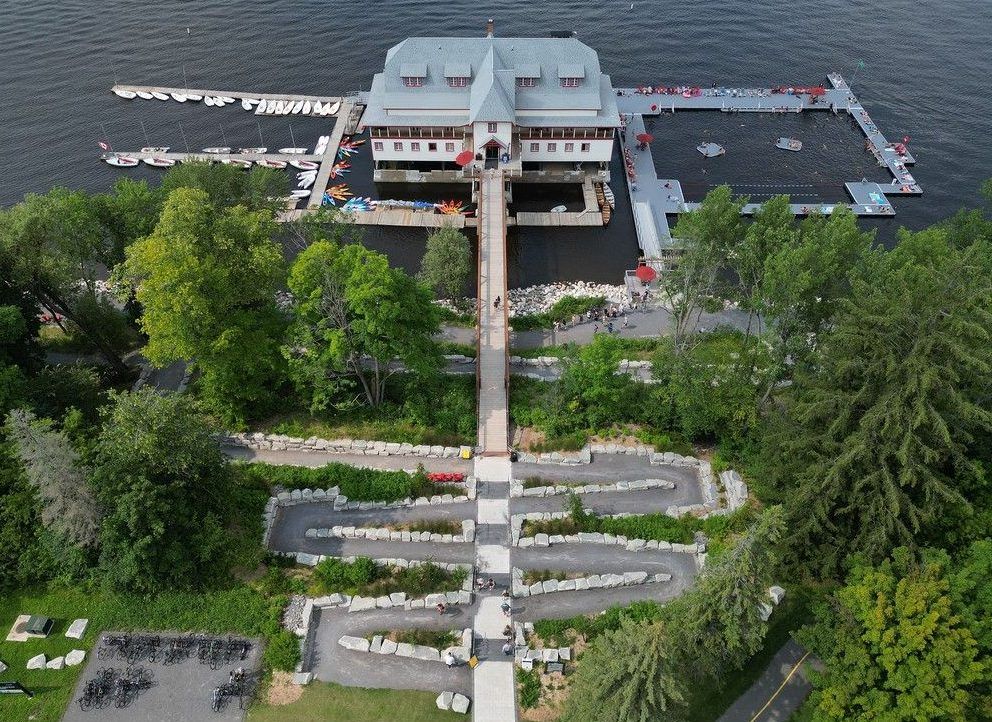
There are other large projects in the works — the rebuilding of the massive Lady Grey escarpment retaining wall below Sussex Drive, which could become a new access point to the river, the modernization of Lac Philippe campground in Gatineau Park and, of course,
ongoing work at LeBreton Flats
. Amid the infrastructure work, some of the smaller, cheaper projects are having an oversized impact on life in the nation’s capital.
Among the NCC’s next waterfront projects? Floating saunas. The first one could open on the Ottawa River near NCC River House by the end of this year — and more could follow, says Nussbaum.
The project is emblematic of the NCC’s more nimble approach to trying new ideas.
In August, the NCC put out a request for proposals on social media, in a voice reminiscent of someone on Facebook looking for a neighbourhood handyman to take on a quick job.
“We want to create a floating sauna at the NCC River House. Do you know someone who can design, build, and/or operate one? Send them our request for proposals and help the NCC River House become an even hotter destination year-round.”
Bill Leonard, who is vice president of real estate and development at the NCC, says the direction comes from the top.
“Our CEO often refers us to Copenhagen (for inspiration) — how they have brought the city to enjoy the waterfront,” he said. Leonard added that the NCC has heard “loud and clear” from the federal government about the need to do things “quicker, faster and lighter.”
The Dow’s Lake dock fits that bill and has been so popular that the NCC is looking for more spots around Ottawa for unsupervised swimming access.
“The River House project demonstrated that there was a real interest in urban swimming, and we have seen cities around the world start to embrace urban swimming as a concept,” said Nussbaum.

Historically, Ottawa and Gatineau, like many cities, turned their backs on the waterways – which were a place for industry. That is changing at home and around the world.
Cities like Copenhagen, Paris and Zurich have all embraced urban swimming in recent years. It makes sense in Ottawa given the easy access to water during a period of warming summers, said Nussbaum. Plus it gives the Crown corporation an opportunity to be both nimble and creative.
“The Dow’s Lake dock was an opportunity to pilot, to experiment with a different model of swimming, which is unsupervised – a faster, lighter, less expensive way of introducing swimming in different parts of the capital. As you can imagine, we don’t have the resources to do NCC River House-type infrastructure everywhere. So the idea was — what if we simplify it?”
That experimental approach is now key to developing the shore for swimming and other activities, Nussbaum said. If it doesn’t work, tweak it or try something else. If it does, expand on it.
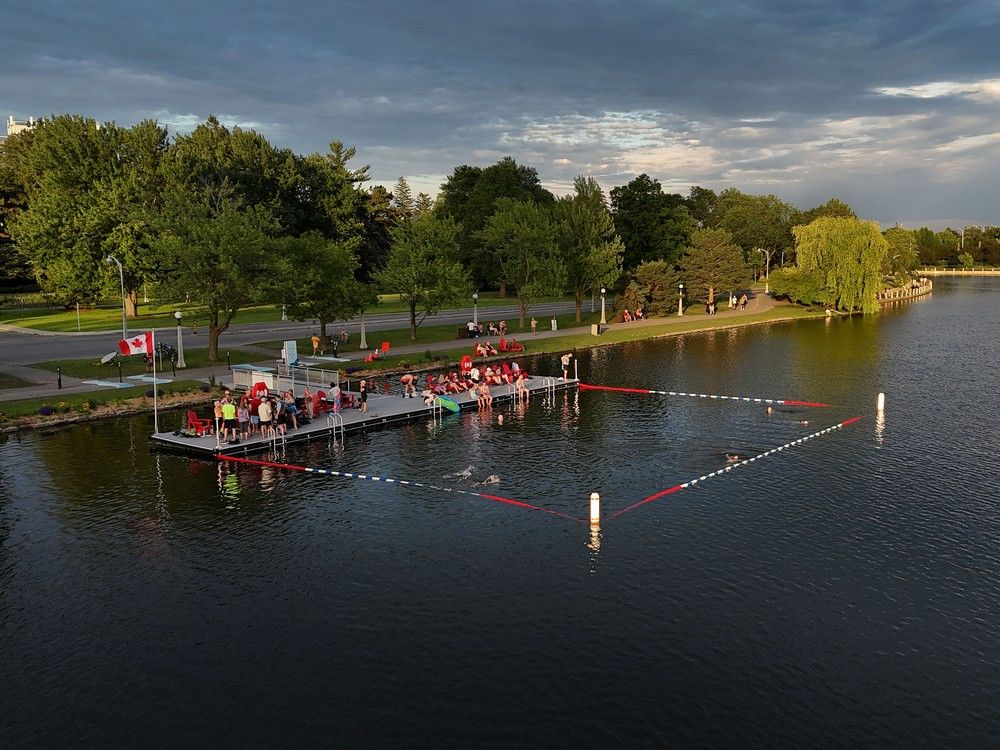
Nussbaum said he encourages staff members to take risks.
“As the leader of the organization, if I signal that I’m the one who will protect my staff and I will take on that risk and take responsibility for it, suddenly you give your staff much greater license to do their own creative thinking,” he said.
“We are letting 1,000 flowers bloom and creating a culture that is ultimately creating more interesting and more dynamic public spaces in the capital.”
Nussbaum, a lawyer, former diplomat and former city councillor for Rideau-Rockcliffe, notes that the cultural shift at the NCC started years ago, before he was appointed in 2017, marked by open meetings and public consultations. He notes that the NCC is the only Crown corporation whose meetings are open to the public. It is something
Nussbaum is building
on. Open NCC, an annual event that invites thousands of participants to get an inside look at the programs, sites and plans the NCC is engaged in, is part of that push.
The NCC, and its predecessors, have been favourite punching bags for people inside and outside the national capital for more than a century — long before it was even called the National Capital Commission.
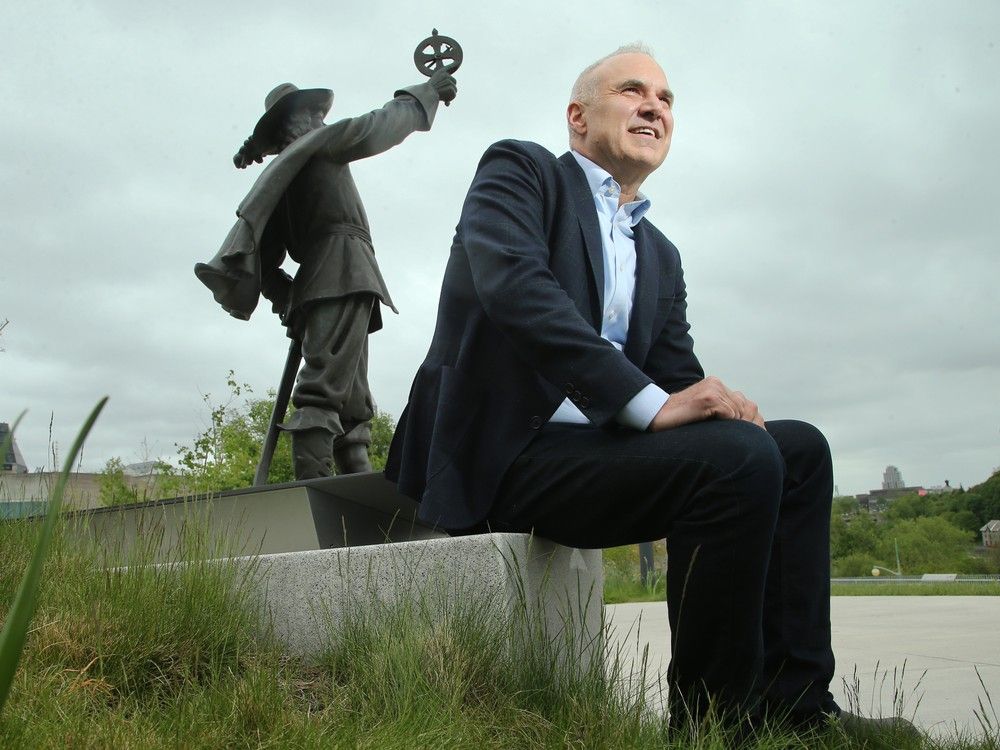
The Crown corporation tasked with planning, preserving and managing federal lands and heritage in the National Capital Region has, inevitably, rubbed up against the people who live there at times. That showed up recently in the form of a disagreement over whether parts of Queen Elizabeth Drive along the Rideau Canal should remain closed to cars and open for pedestrians and cyclists. Ottawa Mayor
Mark Sutcliffe
and Nussbaum sparred publicly over the NCC’s plan to limit a large stretch of the parkway to active users. The NCC eventually trimmed its ambition.
And there have been bigger clashes that have often reflected the feeling that the NCC’s vision does not align with local needs: The Metcalfe Grand Boulevard proposal was among the biggest. In 1998, the NCC brought forward a controversial plan to demolish dozens of buildings along Metcalfe Street to create a European-style grand boulevard. In 2023, Ottawa Councillor Tim Tierney complained about the fight the city had to get Wellington Street in front of Parliament Hill reopened more than a year after the convoy protest.
“They are an unelected board of crazy people that have to be addressed,” he was quoted as saying of the NCC board of directors.
For years, the website NCC Watch (with its slogan “Working to consign the NCC to oblivion”) documented the its blunders and horror stories with a focus on waste, badly handled projects and secrecy. “The NCC’s history is replete with famously bungled land development schemes and projects gone awry,” the website (which hasn’t been updated since 2022) says over a list of NCC issues, including the long-delayed development of LeBreton Flats.
The signing of a land-sale agreement in August between the NCC and the Ottawa Senators marks a major step in the development of Lebreton Flats, but more projects are underway, including thousands of new housing units, some affordable housing, and a plan to open up and develop the area around the aqueduct with “cafes, restaurants and galleries,” according to Nussbaum.
But there appears to be little progress on the future of the crumbling and uninhabited prime minister’s residence at
24 Sussex Drive
, which the NCC manages.
“There needs to be a decision as to what the future of the prime minister’s residence is. We have a new government as of May and I think there is interest in moving forward on that file,” Nussbaum says. “So I am optimistic that there will be movement in the near future.”
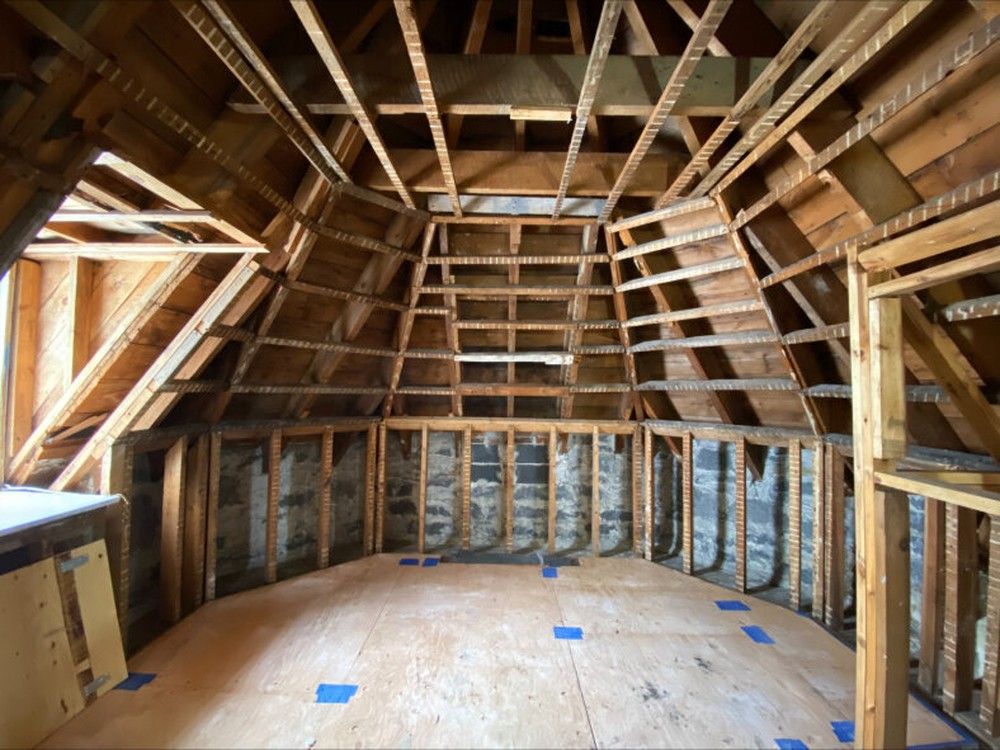
Watching from the outside, Mary Rowe, president and CEO of the Toronto-based Canadian Urban Institute, said the NCC’s approach mirrors a view toward innovation that was borne out of the early days of the pandemic.
“Every city had to become a DIY city. We had to improvise. It became a catalyst for trying innovative things by removing obstacles,” she said.
The pandemic also encouraged people to take a closer look at the world in their own neighbourhoods. It was a period in Ottawa when the urban winter cross-country ski trail movement exploded with new, expanded and more popular community-organized ski trails across the city.
It was also a period when people rediscovered local parks and green spaces. Twentysomethings started taking picnics and hammocks to parks and hanging out with friends.
The NCC, she said, is in a position to take action that can improve the public realm in the city, something it is often difficult for cities to do alone or with other levels of government.
“There will always be critics and naysayers,” she said. “But they (the NCC) are doing
really interesting work
. They have high aesthetic standards and there are great assets in Ottawa (including the river and canal) that they have been able to riff off.”
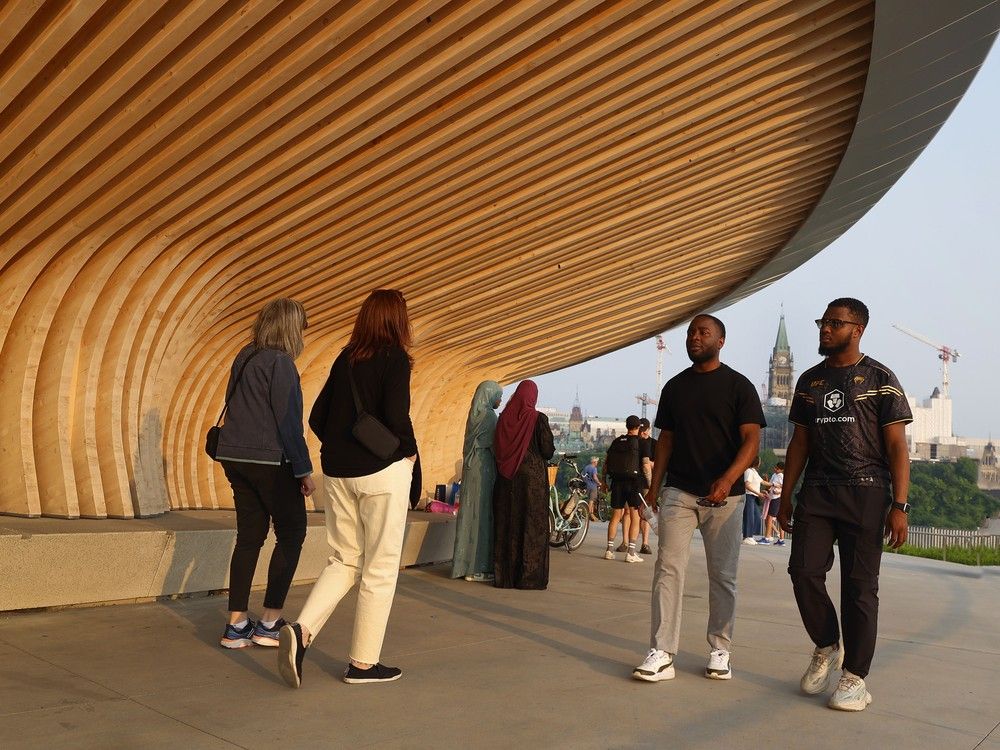
Dreessen said opening access to the city’s shores and waterways is a key way the NCC can build on Ottawa’s heritage and help enhance Canada’s capital.
“We are not like Paris, Tokyo or Berlin. We don’t have 3,000 years of built history. We don’t have the same kind of legacy. It is not about making a copy and paste of the Eiffel Tower.
“We are a Canadian city and we need to reflect that.”
Related
- What moving from Montreal to Ottawa taught me about two very different cities
- How I learned to stop worrying and love swimming in Dow’s Lake
The Citizen newsroom is proud to tell stories that challenge Ottawa to be an inspiring national capital city. If you would like help us continue to provide deeply-reported, longform journalism, please consider purchasing a digital subscription ottawacitizen.com/subscribe. You can find more original Ottawa Citizen longreads, right here.

